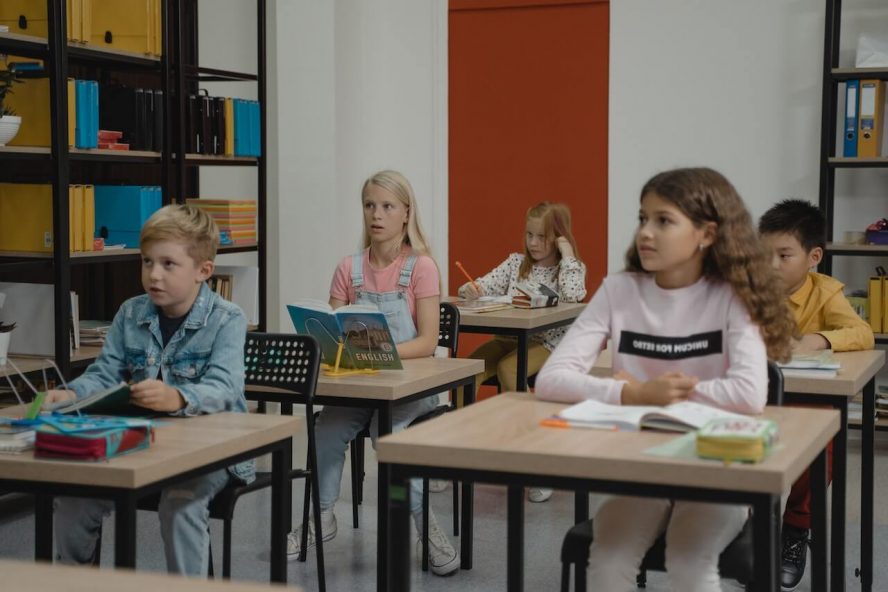High school is a term frequently heard in media such as tv shows and movies, but what does it actually mean when it comes to schools in the UK? The phrase ‘high school’ is commonly associated with classic American high schools, along with ideas of big yellow buses, no school uniform, sports bleachers, and American football. To find out what high schools are like in the UK, have a read of this article.
The first thing to know is that high school is generally referred to as secondary school in most of the UK, aside from Scotland. Unlike in America’s high schools, pupils go to secondary school from age 11, up until at least age 16. America has a different system which involves a different type of school called a middle school, which is for students aged 11 to 14.
Whilst this may have given you a brief answer, you should keep reading to find out more about the UK secondary school system.
What are high schools?
High schools are the place where teenagers get educated. In the UK, they are most commonly known as secondary schools, as they are the place that provides the secondary stage of a child’s education. Secondary schools usually also have a sixth form for students studying past GCSE level. In a secondary school, a typical school day might last from 9am to 3 or 4 pm.
While at secondary school, pupils are taught a wide variety of subjects. In England, in Year 7 through to 9, students follow the Key Stage 3 syllabus. This involves a broad curriculum consisting of several creative subjects, several humanities, one or more languages, plus maths, English and science. Students also have to participate in sports.
In Year 10 and Year 11, students must take GCSE courses. They are given a few options at this stage, but still must do the core subjects. The core mandatory subjects are maths, English, and science. To find out more about compulsory subjects check out this Think Student article.
A lot of schools also highly encourage students to do at least one language. Most students will do somewhere between 8 to 10 GCSEs in total. If you want to learn more about GCSEs subjects, read this Success At School article.
What is a sixth form?
Sixth form is for students aged 16 to 18 and consists of Year 12 and Year 13. Sixth form is classified as further education. Although some form of education for 16–18-year-olds is compulsory, it is separate from the secondary education branch.
In the UK, there are two types of sixth forms. Students have the option of going to an independent sixth form college or a sixth form that is attached to a secondary school.
If they are going to a sixth form that’s part of a secondary school, then they could either stay on at their own school or switch to a different school that has a sixth form.
In sixth form, students typically choose 3 different subjects to study. These are often 3 A-Level courses, but could also be BTECs or CTECs. The grades students get at the end of their external exams in Year 13 will play a major part in getting them a place at a university.
Click here and here to find out more about BTEC and CTEC qualifications.
In a sixth form or sixth form college, students usually get more freedom and independence than students in the earlier stage of secondary school do. Since usually only 3 A-Level subjects are studied, students will get a certain number of free periods. They can use this time to study or maybe socialise in the common room if their school allows it.
Some sixth forms will let their students go into town during free periods, and most sixth forms will usually at least let students leave for lunch.
To find out more about sixth form, read this Think Student article.
How are high schools funded?
There are several different types of secondary schools. Most secondary schools, including sixth forms, are free to attend. To learn more about the different types of schools in the UK, read this gov.uk page.
All state funded schools, whether they are council-run schools or academies, are funded by the government. Operating outside of this system, private schools raise their funding through fees. Private schools will usually follow a similar curriculum to state-funded schools, but they may have smaller class sizes and better facilities.
